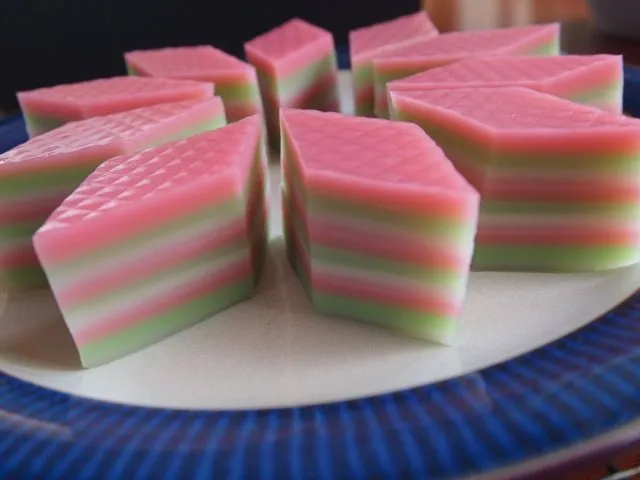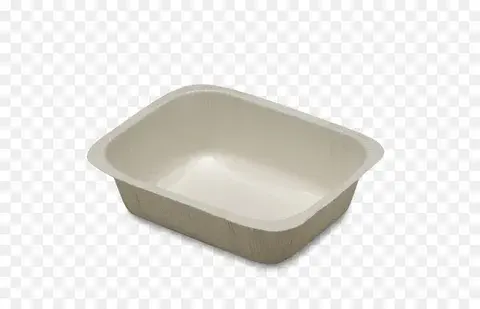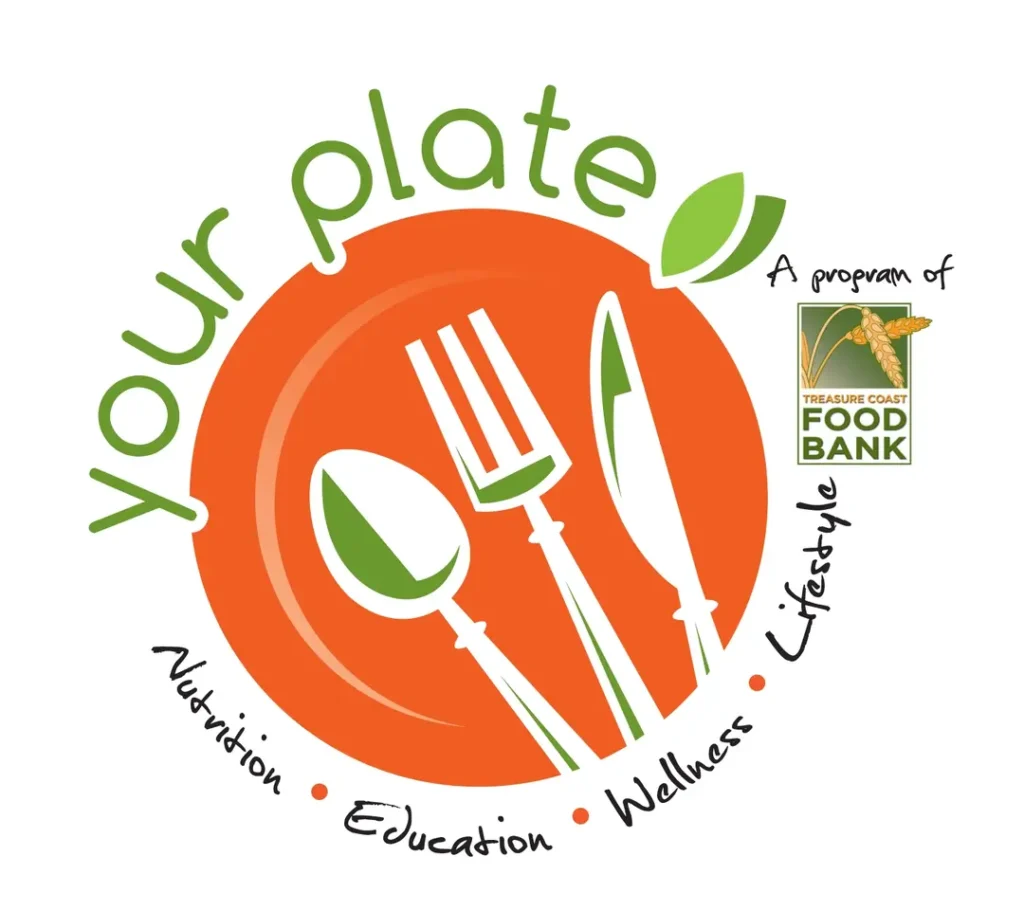Asian food desserts might not be the first thing that comes to mind when you think of indulging your sweet tooth, but once you try them, it’s hard to go back.
From rich and creamy to light and refreshing, Asian desserts offer a variety that can suit any craving.
If you’ve ever wondered what these sweets are all about or if they’re worth trying, let’s dive in together.
Spoiler: They’re 100% worth it.
Table of Contents
ToggleWhy Are Asian Desserts So Unique?
Here’s the thing about Asian food desserts—they don’t play by the usual dessert rules.
When we think of desserts, we often picture cakes, pastries, and ice cream.
But in Asia, desserts go beyond that, incorporating unique ingredients like coconut milk, sweet rice, beans (yes, beans!), and tropical fruits.
One time, I remember ordering a dessert in a small Thai restaurant and being shocked when it was made of sticky rice and mango.
The combination was unfamiliar but unforgettable.
This shows that Asian desserts push the boundaries of what a dessert can be, making them stand out from Western options.
Popular Asian Food Desserts to Explore
Let’s talk about some of the most popular Asian desserts you absolutely need to try.
1. Mochi (Japan)
Mochi is a sticky, chewy, and satisfying dessert made from glutinous rice flour.
Its texture is unlike anything you’ve probably tried before, and that’s what makes it so fun to eat.
- Flavours: Traditional fillings include sweet red bean paste, but modern versions have expanded to ice cream-filled mochi, which is a huge hit.
- Texture: Soft, squishy, and a little stretchy—it’s an experience in itself.
Personally, mochi always reminds me of a Japanese tea ceremony I attended.
I tried green tea mochi, and the sweet, earthy combination was an absolute delight.
2. Halo-Halo (Philippines)
Halo-Halo, which means “mix-mix” in Filipino, is an incredibly colourful and flavourful dessert.
It’s a combination of shaved ice, sweet beans, jellies, fruits, condensed milk, and sometimes ice cream.
- Toppings: Ube (purple yam), jackfruit, coconut, and flan are common toppings.
- Refreshing: This is the perfect treat for a hot day because of its icy and refreshing base.
If you’re looking for something sweet, cooling, and totally different, Halo-Halo is a must.
3. Mango Sticky Rice (Thailand)
Mango Sticky Rice is one of Thailand’s most famous desserts, and for good reason.
It’s a beautiful balance of sticky, sweet rice with ripe, juicy mango slices and a drizzle of creamy coconut milk.
- Simple yet rich: The contrasting textures and flavours make this dessert unforgettable.
- Perfect for summer: This one’s light and refreshing, ideal for those warm afternoons when you don’t want anything too heavy.
I had this for the first time in Thailand during a street food tour, and it was hands-down the best part of the experience.
It’s proof that simple ingredients, when done right, can create magic.
4. Bánh Flan (Vietnam)
If you love flan, then Bánh Flan is right up your alley.
This Vietnamese take on the classic caramel custard dessert includes a twist: sometimes served with coffee or coconut milk for extra depth in flavour.
- Silky texture: The smoothness of this dessert is unbeatable.
- Versatility: It can be a casual snack or a classy end to a meal.
It’s like having the comfort of flan but with a tropical flair, making it all the more enjoyable.
5. Bingsoo (Korea)
If you’re into shaved ice desserts, Bingsoo will be your new favourite.
It’s a Korean dessert made from finely shaved ice, sweet red beans, and a variety of toppings, ranging from fruits to chocolate and even cheese!
- Customisable: You can make your Bingsoo as simple or extravagant as you want.
- Perfect for sharing: Often served in large bowls, it’s ideal for enjoying with friends or family.
When I first tried Bingsoo, I was skeptical of the red beans as a dessert ingredient, but it’s surprisingly delicious.
Give it a shot—you might be just as pleasantly surprised as I was.
The Ingredients That Make Asian Desserts Different
What sets these desserts apart from Western sweets?
It’s the unconventional ingredients that are used in creative ways.
Here are a few standout ingredients in Asian food desserts:
- Coconut milk: Often used in place of dairy, it adds a creamy, tropical touch.
- Sweet red beans: Found in everything from buns to ice cream, these beans are a staple in Asian sweets.
- Sticky rice: Whether it’s steamed or fried, sticky rice adds a chewy texture you won’t find in most desserts.
- Taro and ube: These root vegetables are used to create vibrant, sweet dishes and are beloved for their unique taste and colour.
How to Enjoy Asian Desserts at Home
You don’t have to travel across the world to enjoy Asian food desserts.
Many are easy to make at home or can be found at your local Asian supermarket.
Here’s a simple way to get started:
- Look up recipes: There are countless tutorials online for making things like mochi or mango sticky rice.
These dishes often use just a handful of ingredients, so they’re not hard to prepare. - Buy pre-made options: Many Asian grocery stores sell frozen or ready-to-eat desserts, like mochi ice cream or pre-packed Bingsoo kits.
- Experiment: Don’t be afraid to mix and match ingredients.
Try adding coconut milk to your flan or topping shaved ice with something unexpected, like lychee.
Why Asian Desserts Are Worth the Hype
Here’s the bottom line: Asian food desserts are different from what most of us are used to, and that’s exactly why they’re so exciting.
They challenge our expectations of sweetness, texture, and flavour in ways that are innovative yet comforting.
From the rich coconut-based treats of Southeast Asia to the refreshing shaved ice concoctions in East Asia, each dessert brings something unique to the table.
So next time you’re craving something sweet, why not switch things up?
Instead of reaching for the usual cake or cookie, try an Asian dessert and experience a new world of flavours.
FAQs About Asian Food Desserts
Q: Are Asian desserts usually less sweet than Western desserts?
A: Yes, many Asian desserts tend to be less sugary than their Western counterparts. They focus more on subtle sweetness and unique textures.
Q: Can I make Asian desserts at home?
A: Absolutely! Many Asian food desserts are surprisingly easy to make at home. Sticky rice, for example, only requires a few ingredients, and there are plenty of mochi tutorials online.
Q: What’s the best dessert to start with if I’ve never tried Asian food deserts before?
A: Mango sticky rice is a great starting point. It’s simple, delicious, and gives you a taste of how Asian FOOD desserts balance sweetness and texture.
Q: Are Asian desserts healthy?
A: It depends on the dessert. Some, like fruit-based or coconut milk desserts, can be healthier options compared to sugar-heavy Western sweets. However, many still contain sugar and should be enjoyed in moderation.
Q: Do Asian food desserts cater to dietary restrictions?
A: Many Asian desserts are naturally dairy-free or gluten-free due to ingredients like coconut milk and rice. Always check the specific recipe or product for your dietary needs.
Final Thoughts on Asian Food Desserts
Exploring the world of Asian food desserts is like going on a culinary adventure.
With their unique ingredients, flavours, and textures, these sweets bring something fresh to the dessert table.
From creamy coconut-based treats to refreshing shaved ice, Asian desserts are as diverse as they are delicious.
And once you give them a try, you’ll realise they’re not just desserts—they’re experiences.
So, next time you’re wondering what to have after dinner, consider something a little different.
Dive into the world of Asian food desserts, and I promise you won’t regret it.
Let me know which one you try first.




